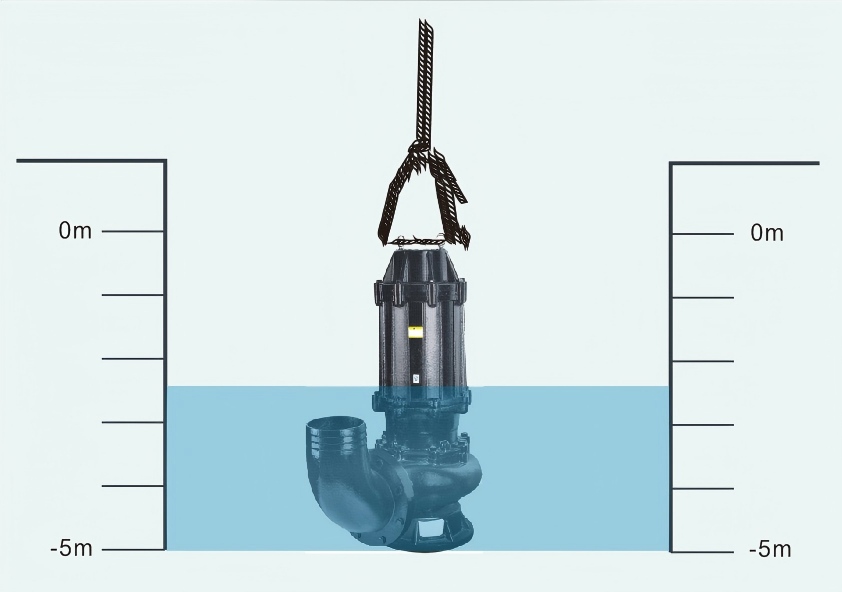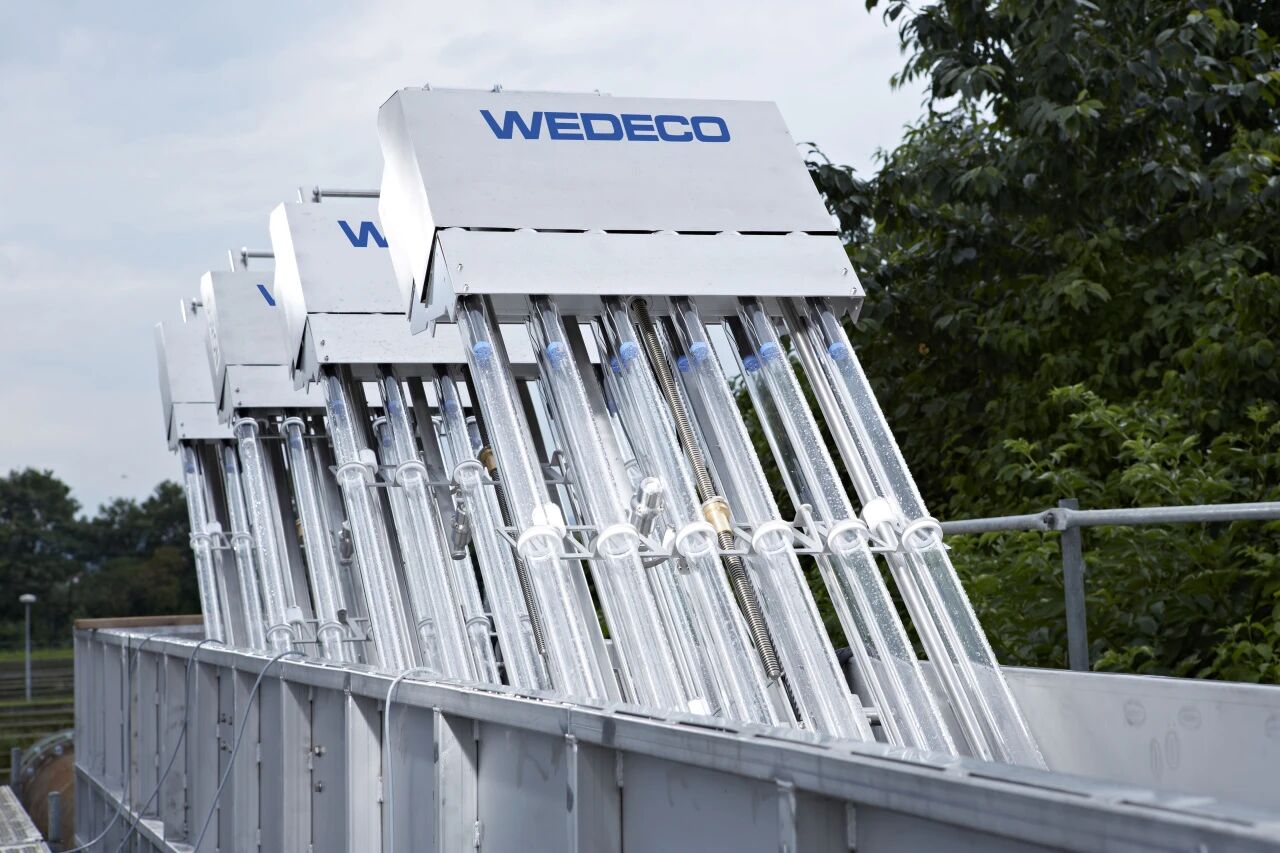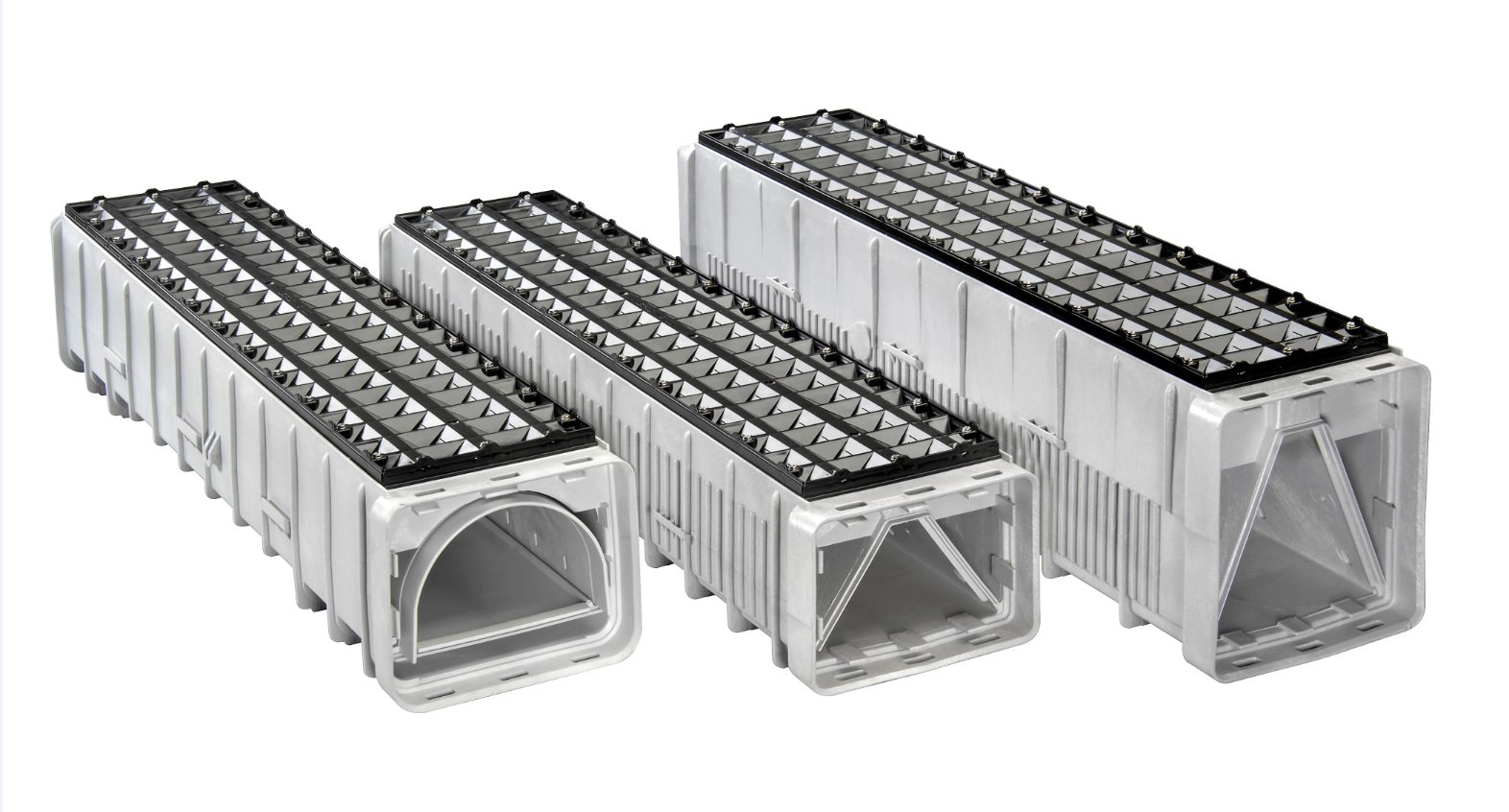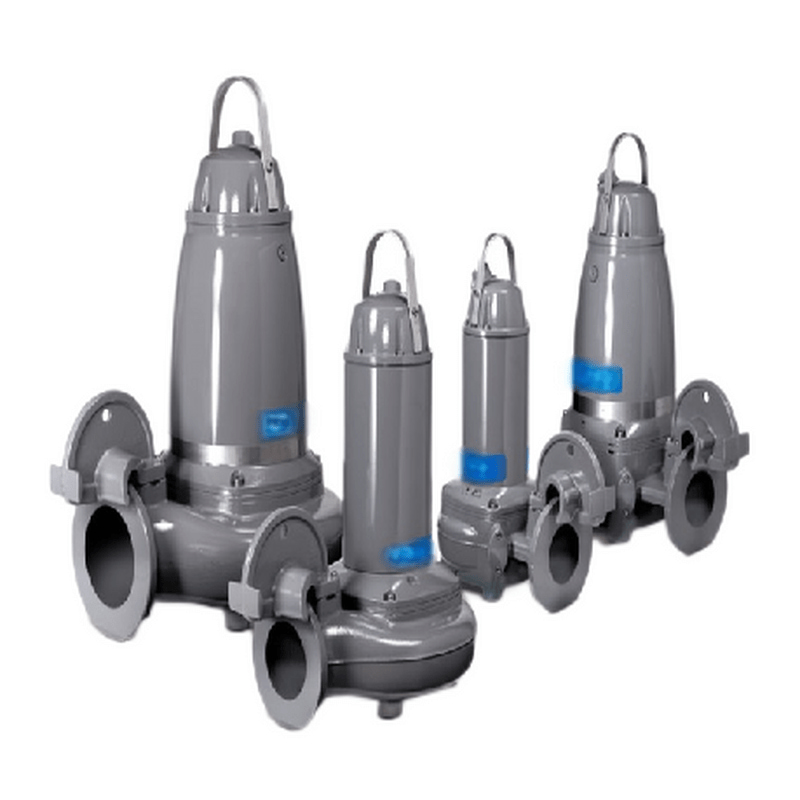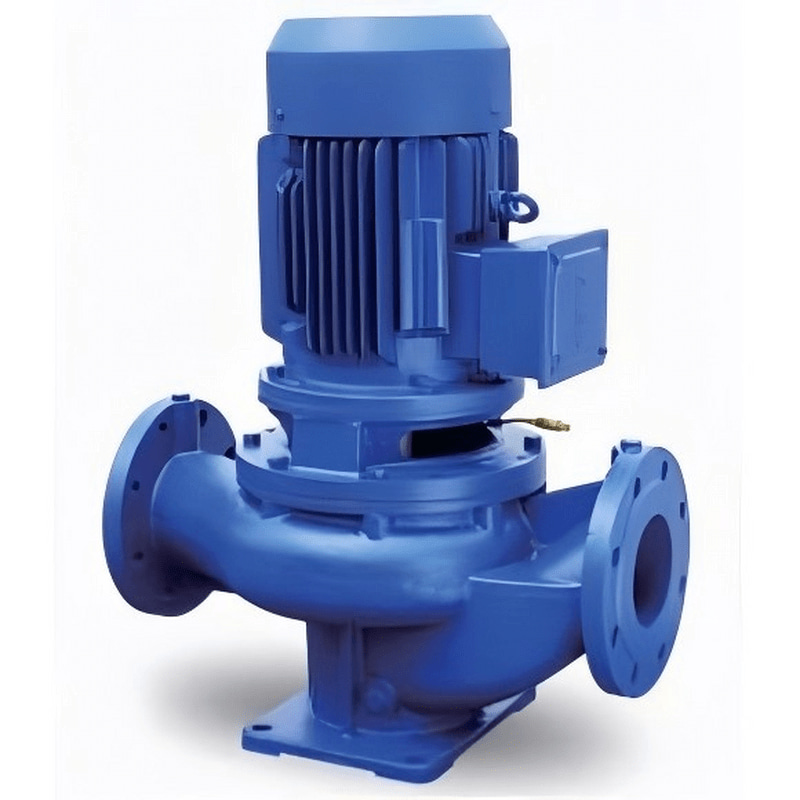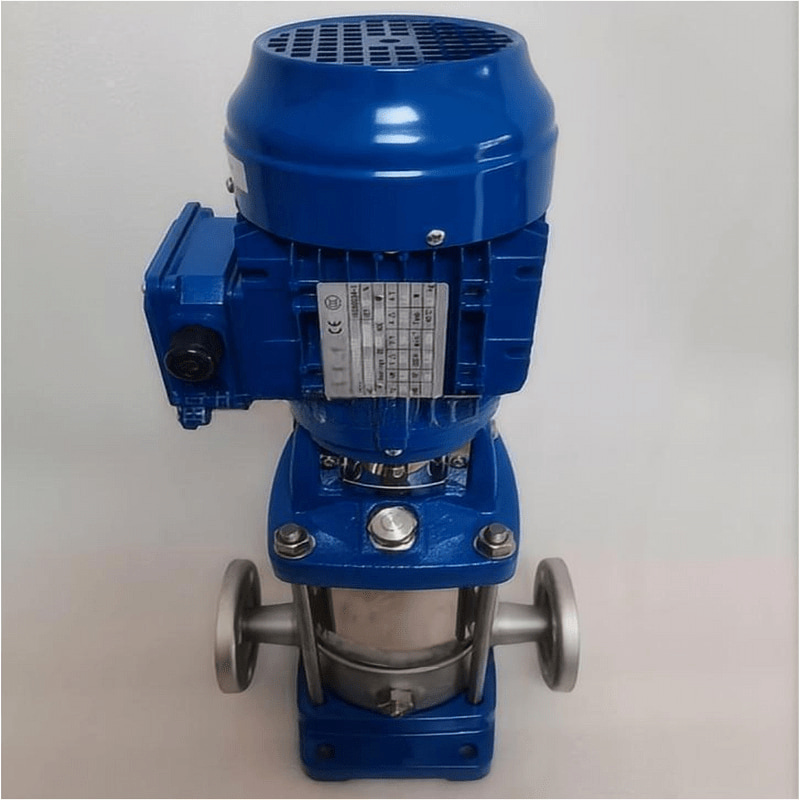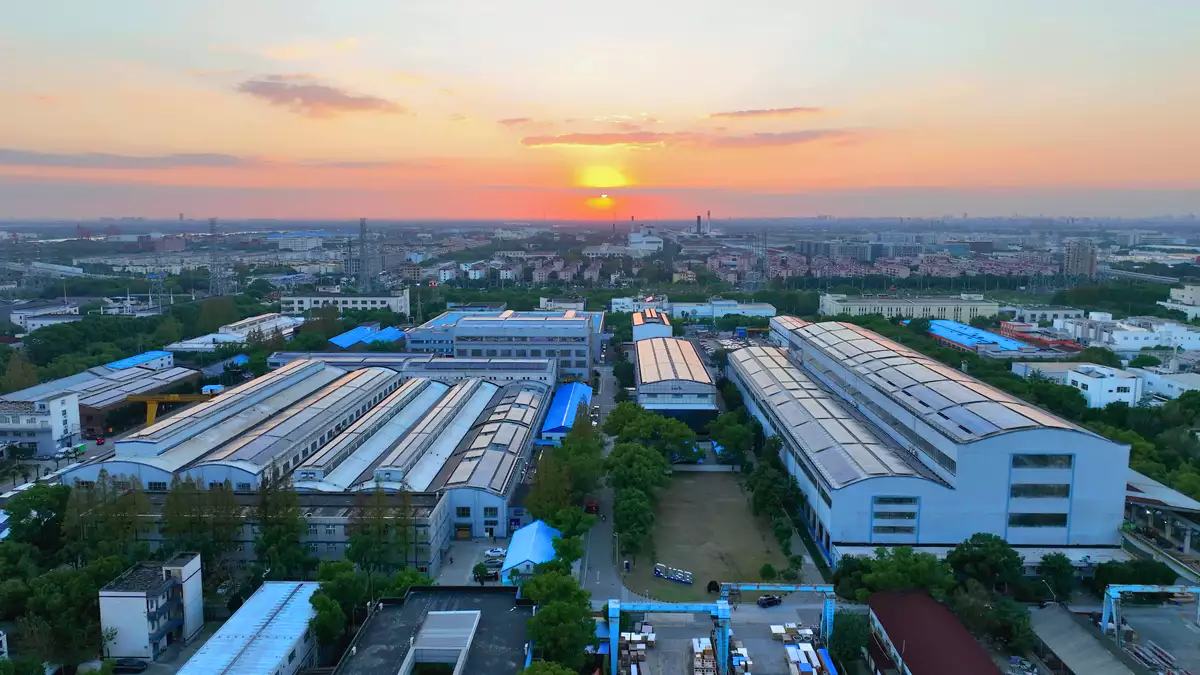
Towards a Zero-Carbon Factory: KSB Shanghai's Carbon Verification, Product Carbon Footprint, and Renewable Energy Practices
Amidst the global response to climate change, controlling greenhouse gas emissions and promoting sustainable development have become crucial responsibilities for businesses. Shanghai KSB Pump Co., Ltd. is deeply aware of this and is actively engaged in carbon reduction efforts. By organizing carbon emission and carbon footprint verification activities and implementing a series of greenhouse gas control measures, we contribute to addressing global climate change.
Continuing Carbon Verification Activities
Against the backdrop of global efforts to address climate change and promote green development, my country's "Dual Carbon" strategy has become an important guide for the comprehensive green transformation of economic and social development. Shanghai KSB Pump Co., Ltd., with its keen insight into current trends, has proactively responded and implemented measures. In 2021, the company invited the China Quality Certification Center to initiate third-party carbon verification work in accordance with the ISO14064 standard. By verifying and analyzing energy consumption data, we identify energy-saving and consumption-reduction sources and effectively reduce CO2 emissions by reducing energy consumption.
In its carbon emissions verification work, Shanghai KSB Pump Co., Ltd. adheres to a scientific and rigorous approach, conducting in-depth investigations and precise calculations of every carbon emission source throughout its production and operations, in accordance with the internationally recognized ISO14064 standard and specifications. The verification covers Scope 1 direct emissions, Scope 2 indirect emissions from purchased energy, and Scope 3 indirect emissions from the transportation system and the use of products. Verification activities encompass all stages, from raw material procurement and production and processing to product transportation. Through years of meticulous verification, Shanghai KSB Pump Co., Ltd. has established a complete and accurate carbon emissions data system, providing solid data support for the development of scientifically sound emission reduction measures and promoting and achieving annual emission reduction targets.
In 2024, Shanghai KSB Pump Co., Ltd., building on its carbon verification efforts, expanded its product carbon footprint verification to address the growing customer awareness of energy conservation and environmental protection, as well as the international market's demand for product carbon emissions. During the accounting process, the team conducted an in-depth analysis of carbon emissions from raw material procurement, including emissions from raw material use and energy consumption during transportation. They fully considered the carbon emission intensity of different transportation modes (road, rail, sea, etc.) and the impact of transportation distance on carbon emissions. During the manufacturing phase, detailed statistics were compiled on greenhouse gas emissions from energy consumption of production and testing equipment.
Through the team's tireless efforts, they successfully completed the carbon footprint accounting for the ETB 125-100-315 and ETB 100-080-315 products and obtained product carbon footprint certificates from the China Quality Certification Center.
This product carbon footprint accounting has yielded significant results for the company. Firstly, it provides a clearer understanding of the carbon emissions of the two products, identifying the main sources and key links in the manufacturing process, and charting the course for subsequent energy conservation and emission reduction efforts. Secondly, this initiative demonstrates the company's commitment to actively implementing the concept of green development and will help enhance its brand image and market competitiveness. Completing the carbon footprint accounting for these two products is just the beginning of Shanghai KSB Pump Co., Ltd.'s green development journey. Going forward, the company will use these two products as a breakthrough point to gradually expand the scope of its product carbon footprint accounting and promote the development and production of more green products. Furthermore, based on the results of the accounting, the company will develop practical emission reduction measures. Through technological innovation, process optimization, and energy structure adjustments, the company aims to reduce product carbon emissions and provide customers with more low-carbon, environmentally friendly products.
Benchmarking against green factories and continuously implementing green emission reduction efforts
As the concept of sustainable development becomes increasingly popular, green transformation in the industrial sector has become a major trend. As a leader in the industry, Shanghai KSB Pump Co., Ltd. has actively responded to this call and is fully committed to achieving green factory standards by 2025, aiming to build a resource-efficient, environmentally friendly modern factory.
In the process of building a green factory, Shanghai KSB Pump Co., Ltd. attaches great importance to energy management. Through a series of technological transformations and management optimizations, it has successfully passed energy management system certification.
This certification is not only a recognition of Shanghai KSB Pump Co., Ltd.'s energy management efforts, but also a significant milestone in its journey towards green development. Under the guidance of its energy management system, Shanghai KSB Pump Co., Ltd. meticulously streamlined and optimized its production processes, conducting comprehensive energy-saving assessments and improvements across equipment selection, production processes, and energy procurement. Shanghai KSB Pump Co., Ltd. also introduced an advanced energy monitoring system to monitor energy consumption in real time, promptly identifying and addressing energy waste.
To further reduce carbon emissions and achieve green development, Shanghai KSB Pump Co., Ltd. has invested heavily in green energy applications. As early as 2021, the company achieved a 50% reduction in water consumption through the renovation of its water supply and drainage network. The first phase of its rooftop photovoltaic system was installed and connected to the grid in September 2023, and the second phase was completed in October 2024. Together, the two rooftop photovoltaic systems will generate over 6 million kWh annually, meeting over 50% of the factory's electricity needs and reducing carbon emissions by 2,000 tons annually. By the end of 2024, the company's carbon emissions reduction from electricity, water, and natural gas consumption had decreased by 52% compared to 2018. The company achieved the KSB Group headquarters' goal of a 30% year-on-year reduction in carbon emissions by 2025 compared to 2018, ahead of schedule.
In production, the company continuously optimizes processes, improves energy efficiency, and reduces carbon emissions at the source. It also strengthens supply chain management, encourages suppliers to embrace green development, and builds a green supply chain to ensure low-carbon processes in raw material procurement and product transportation. The company will also actively participate in industry exchanges and collaborations, share its experience in establishing green factories, and contribute to the green development of the entire pump industry, leading the industry towards a more environmentally friendly and sustainable future.
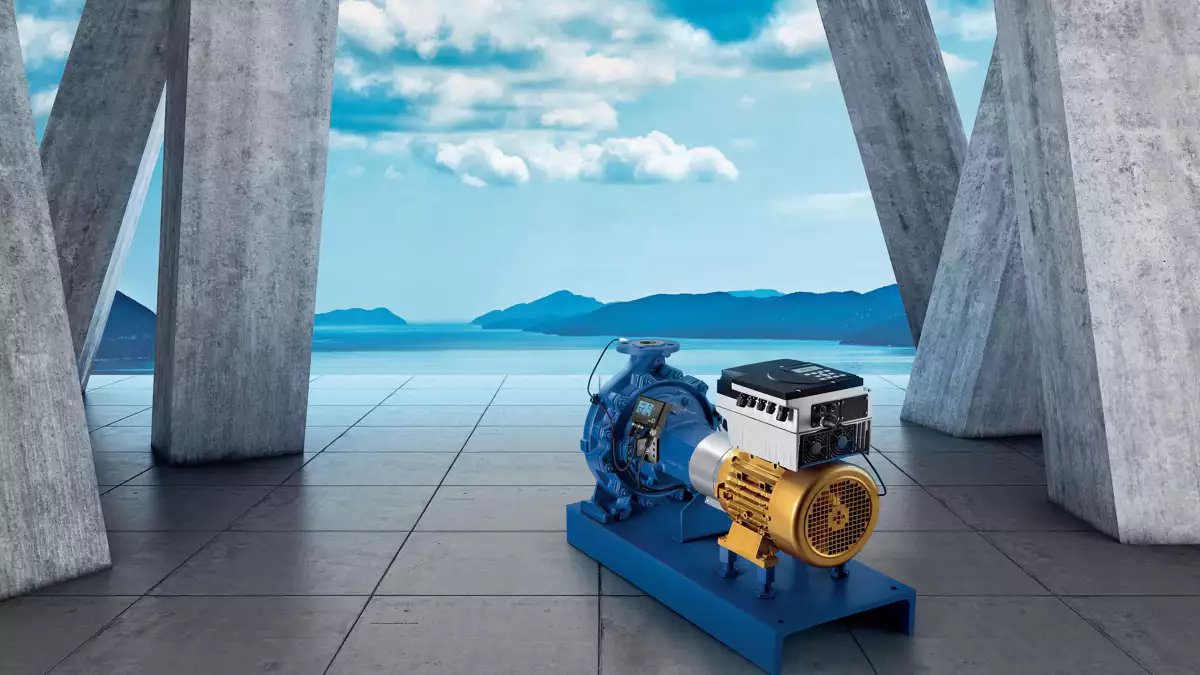
Future Outlook
Shanghai KSB Pump Co., Ltd. will continue to unwaveringly advance its green and sustainable development strategy, incorporate zero-carbon factories into its corporate development strategy, and continuously strengthen carbon emission management and control. The company will further increase investment in clean energy utilization, production process innovation, and green supply chain integration, continuously exploring new emission reduction technologies and methods, and strive to achieve even higher emission reduction targets. The company will actively participate in carbon emission-related activities within the industry and society, strengthen cooperation and exchanges with governments, research institutions, and businesses, and jointly promote solutions to global climate change and contribute more to building a beautiful home for our planet.
...



